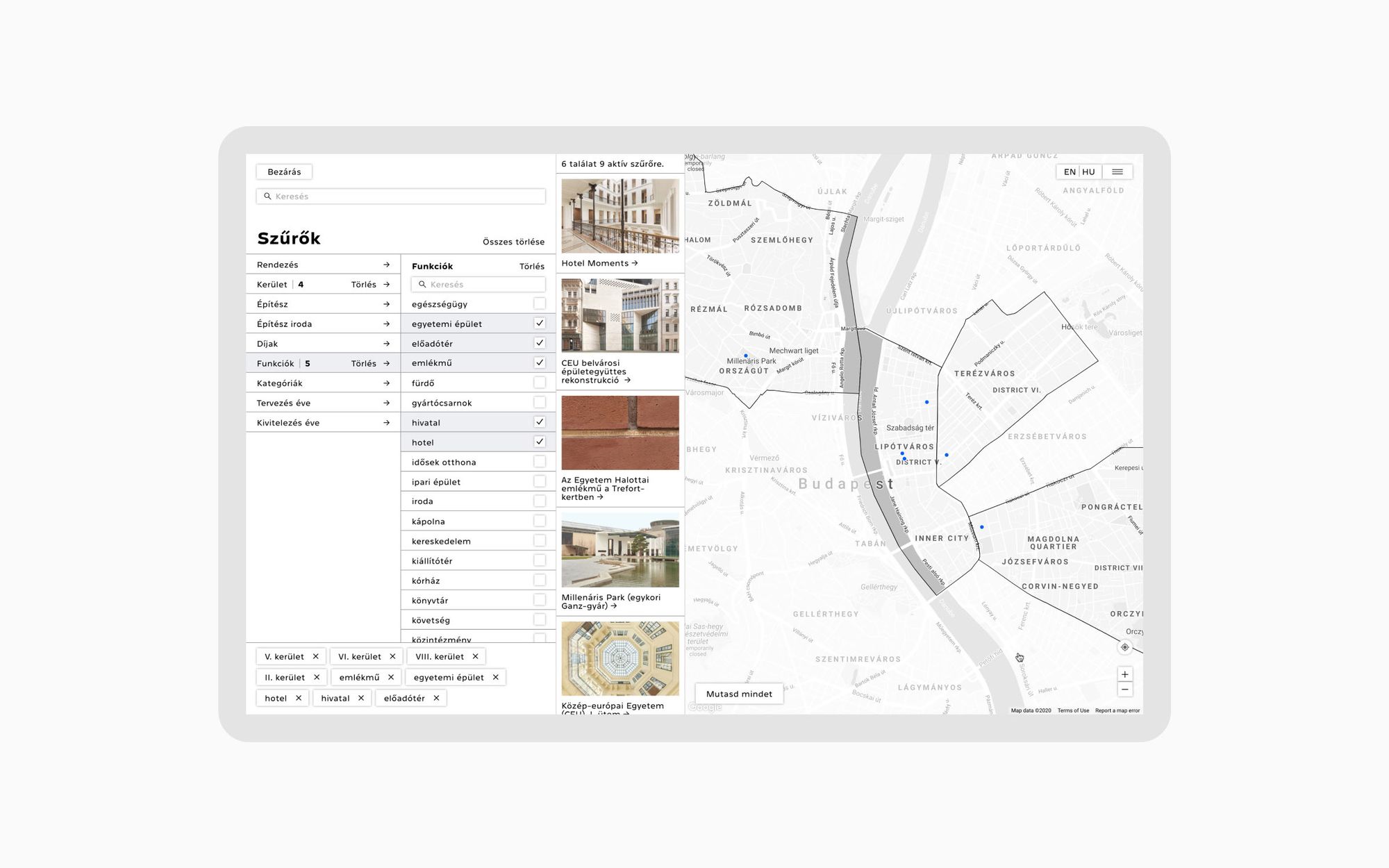Assorted architectural collections not only offer the professionals resources for research and references for buildings of the future, but they also give the general public great opportunities to explore cities and go on long walks and present the tourists exciting places that are not mainstream in the slightest. We have collected a few regional architecture databases, which are not only thorough and fill in gaps content-wise but are also up to par as an online archive. Modern and contemporary architecture from Budapest to Plzeň!
Budapest Legenda—Hungary
Initiated by the Chamber of Budapest Architects and curated by Gergely Hartmann, Dániel Kozma, and Fülöp Schmal, the site summarizes the outstanding contemporary buildings of Budapest over the past two decades in a map database. The minimalist, magazine-looking online interface designed by Dániel Kozma can be searched by district, architect, function, but even by the time of design or construction. The buildings are accompanied by descriptions by Gergely Hartmann and photos by Fülöp Schmal. The several buildings that were awarded the Budapest Architecture Award serve as the base for the bilingual database, but districts of the capital and other professional organizations may propose buildings as well, and whether they get into the database is decided by the Chamber. You can read about the new buildings of Moholy-Nagy University of Art and Design, the Újpest Market Hall, or the Lutheran Chapel on Kastélydomb.
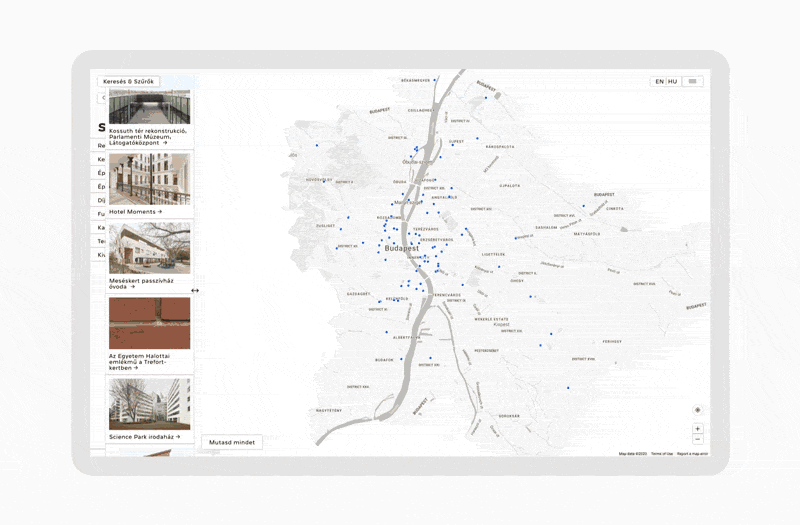
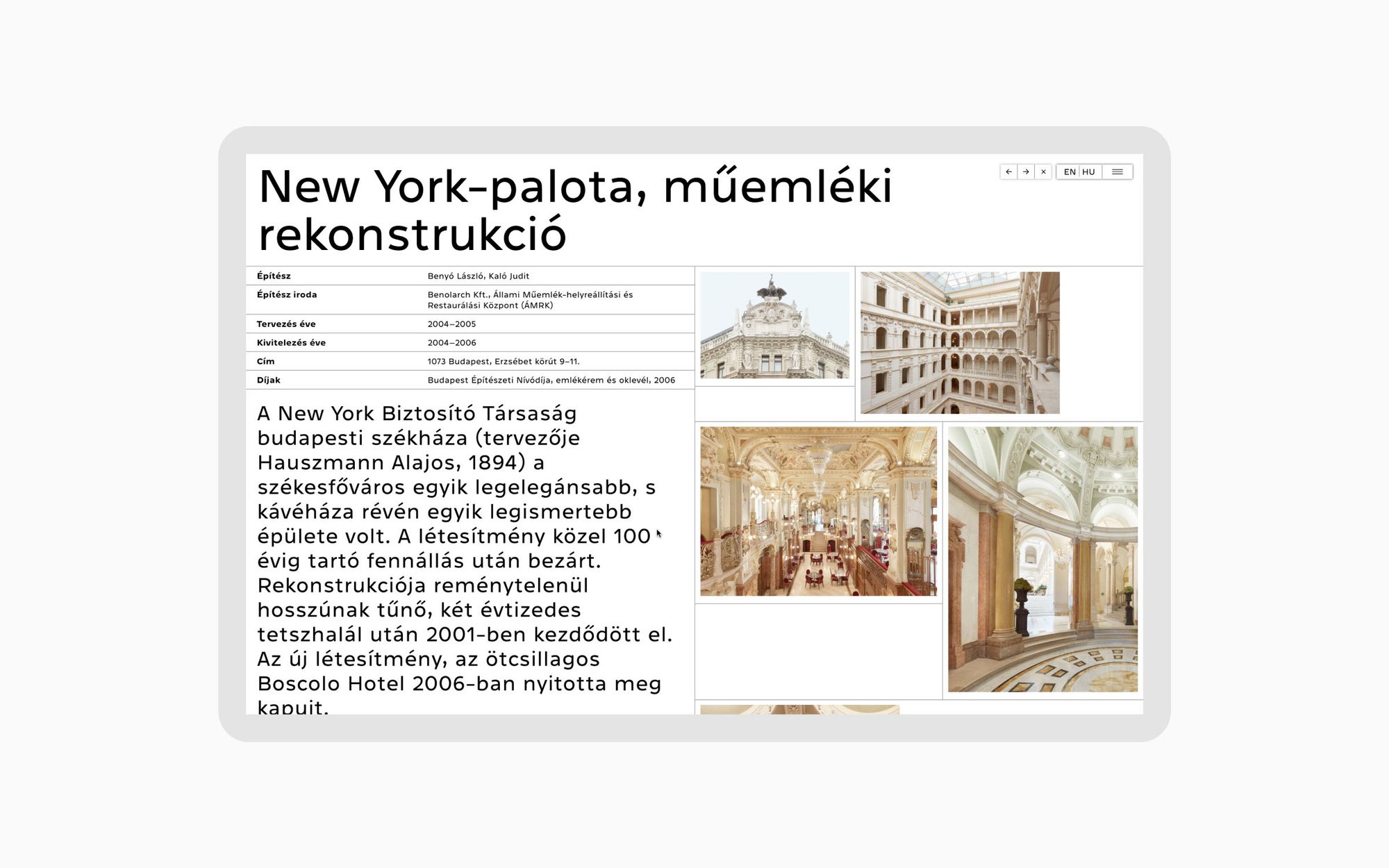
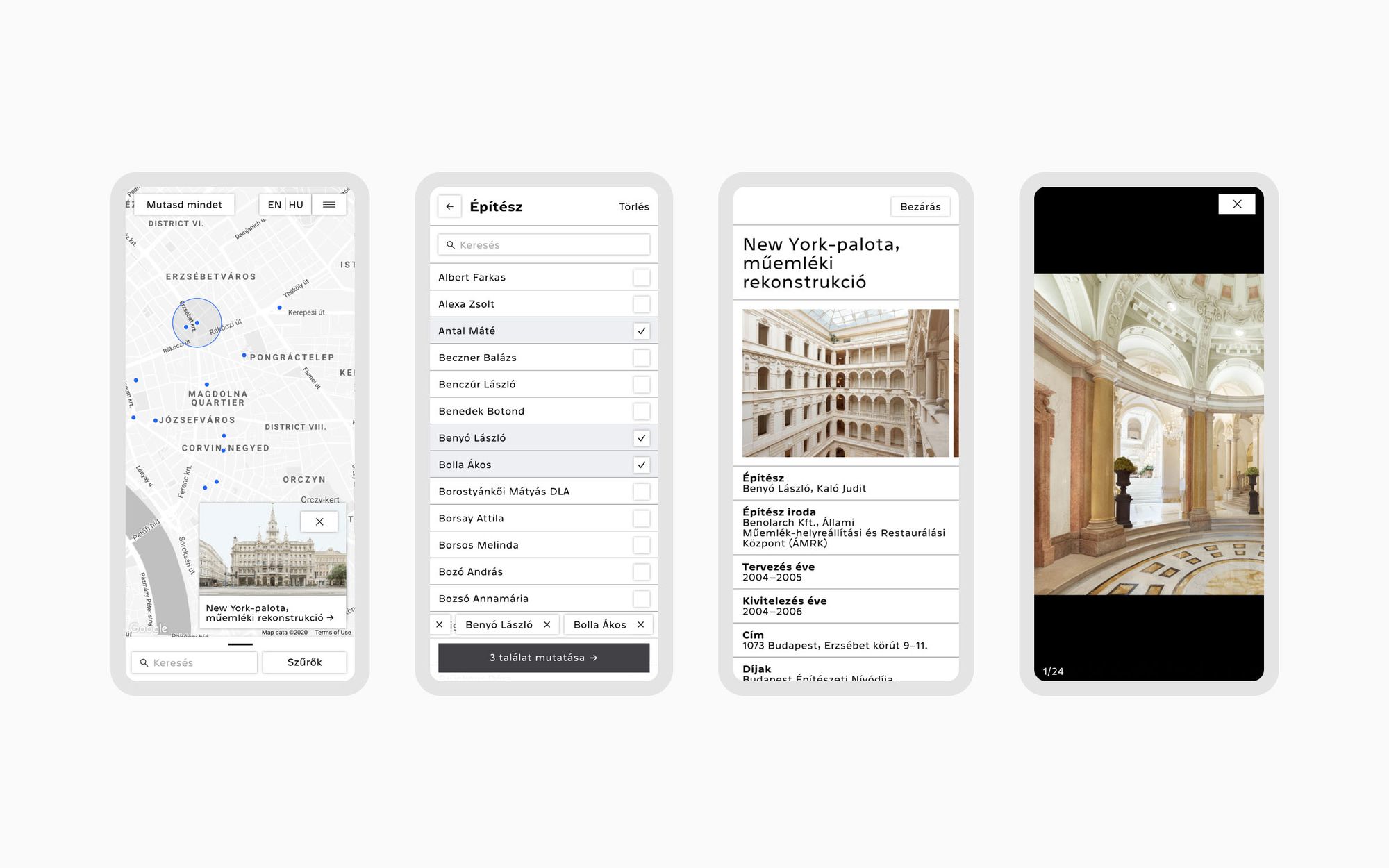
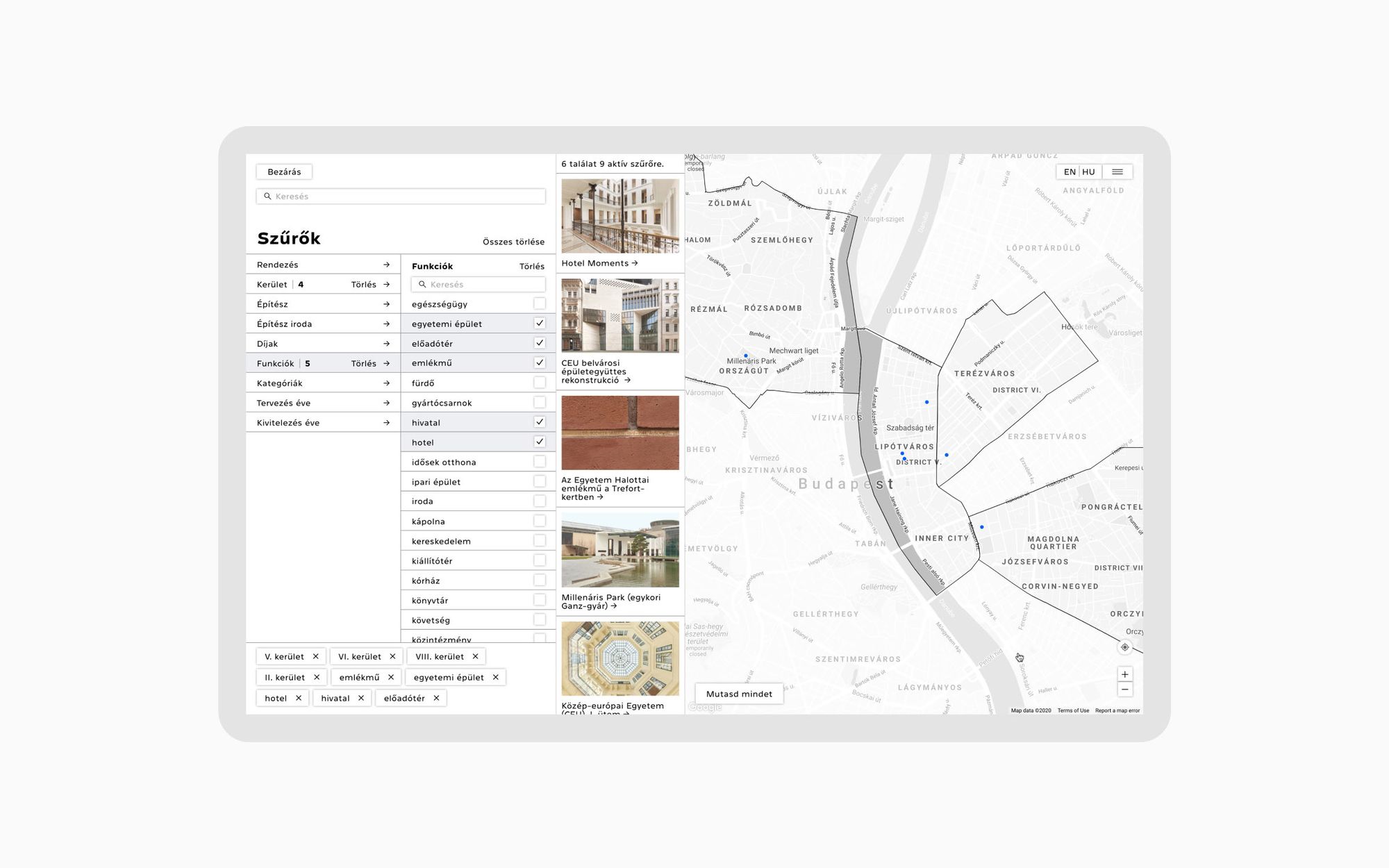
Brno Architecture Manual—Czech Republic
The database of the Brno Architecture Manual (BAM) originally collected buildings erected between the two world wars, but later the research was expanded for architectural works born between 1946 and 1989 as well, so almost the entire 20th century is covered by the database. With the initiative of the House of Art organization, the Brno City Municipality, and the support of the Ministry of Culture of the Czech Republic, the completed site should not only be held in high regard for its quality research but for its outstanding method of presentation as well. The collection is available in three languages, and it is also available in print beside the user-friendly site. And the best part: following BAM, cities Lytomýšl, Plzeň, Hradec Králové and Zlín also prepared their own database.

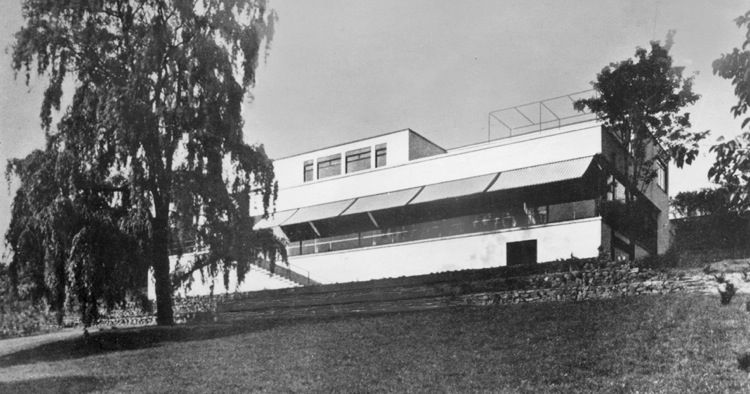
Register modernej architektúry—Slovakia
The bilingual database of modern architecture of the 20th century has been compiled by the Slovak Academy of Sciences. It does research on the 20th and 21st-century architecture and urban planning and pays special attention to learning about the history of buildings, their cultural, social, political, and economic context. They also list the modern architectural legacy of Slovakia on a map with a multifunctional search interface, including information and photos. Examination of Slovak architecture is especially exciting now, when the fate of modern heritages of Hungary are discussed as well, thanks to—among others—Hungarian Pavilion of this year’s Venice Biennale.

DO PARKU—Czech Republic
The aim of site DO PARKU, listing outstanding squares, parks, river bank resting areas, skate parks, and playgrounds, is for landscape architecture—its task includes the formation of the landscape as well as developing public spaces—to get its own interface as an independent field. The website, launched in 2020, is operated by the DO PARKU—PORTAL OF LANDSCAPE ARCHITECTURE non-profit organization. Anyone can upload their work related to landscape architecture and public space planning, which then are reviewed by the organization, and the ones with merit are published. The map database of DO PARKU encompasses the whole area of the Czech Republic. Similar to the Budapest Legenda site, it can be searched by place, year, designer, and function.
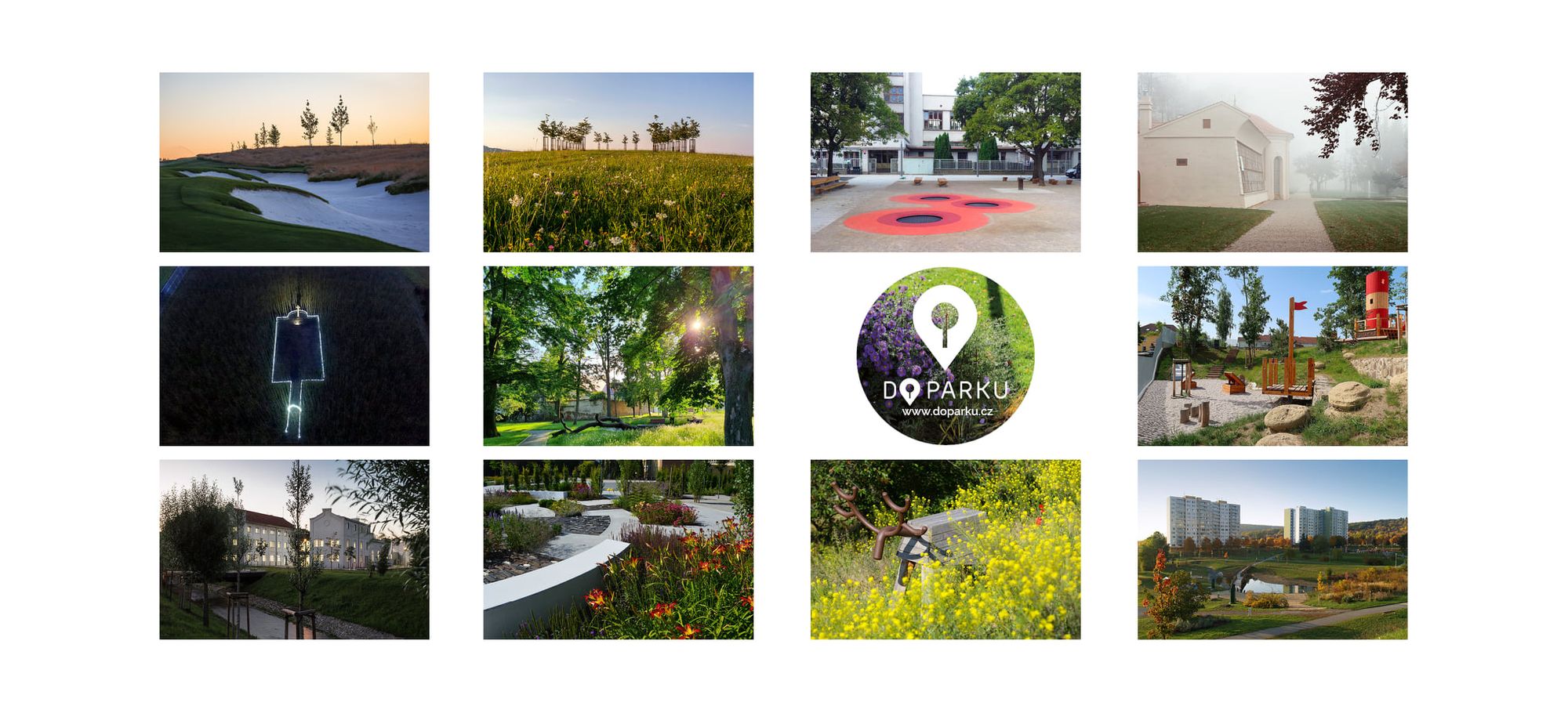

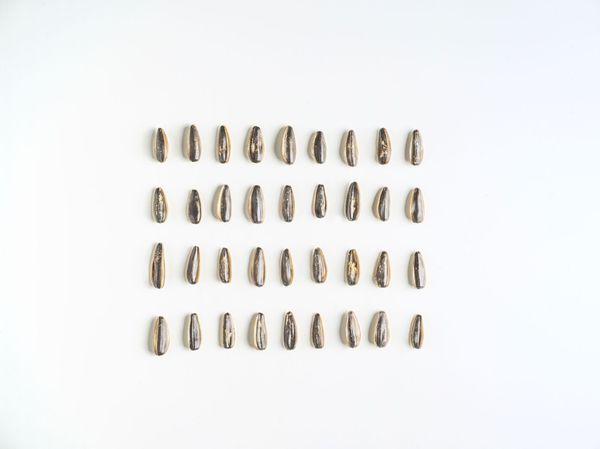
Büfé #8—Salty crunchies

Motto: Freedom! — Sweaters designed by our favorite creatives in the George Freedom collection










